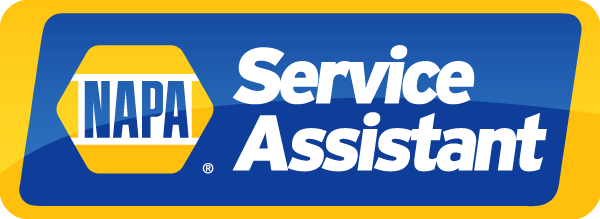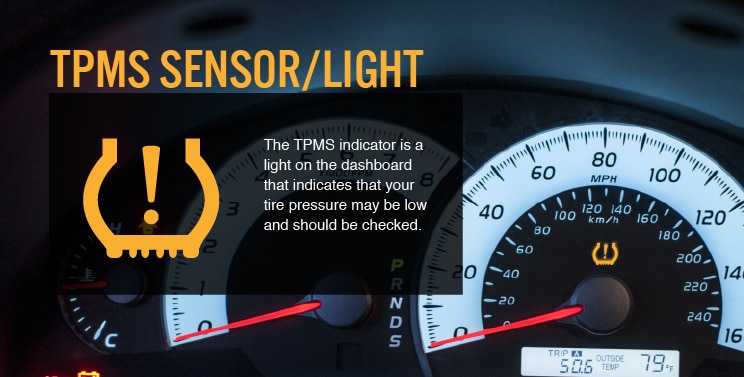




All cars and light trucks years 2008 and newer, in Cortland have come equipped with a tire pressure monitoring system, or 'TPMS'. You've probably heard of this before and even seen the light on your dash. The TPMS system detects when a tire becomes under-inflated and lights up a warning on the dash for you.
So what's the big deal for Cortland drivers? Well, under-inflated tires can be a real safety concern. First of all, the tires can't handle properly and that can lead to an accident. Second, under-inflated tires can overheat and cause the tire to come apart, which can also lead to an accident.
Government regulations requiring TPMS systems aim to reduce accidents in New York and save lives, a very worthy goal. There are also positive environmental effects: under-inflated tires are fuel wasters. They lose 1 percent of their fuel economy for every 3 pounds of pressure below ideal. So proper tire inflation can save you a tank of gas a year, and extend the life of your tires so you won't have to replace them as often.
There are two kinds of TPMS systems: direct and indirect. Direct systems have a battery powered sensor in each wheel that measures tire pressure. The sensor sends a signal to a receiver that illuminates the warning light if pressure is low on a tire. Indirect systems use a computer program to detect under-inflation by measuring wheel rotation speeds and other data.
As with any part in a vehicle, there will be some maintenance to keep these sensors working properly. The batteries in the sensors will run out someday, and some sensors can become damaged with road salt and grime. The system needs to be reset when you rotate or change your tires, so that that the indicator is accurately identifying which tire is low on pressure.
Because the TPMS system is so important to your safety, you should make the repairs when needed. And remember, TPMS is no substitute for regularly checking your tire pressure – at least once a month.
Ask us for more details.